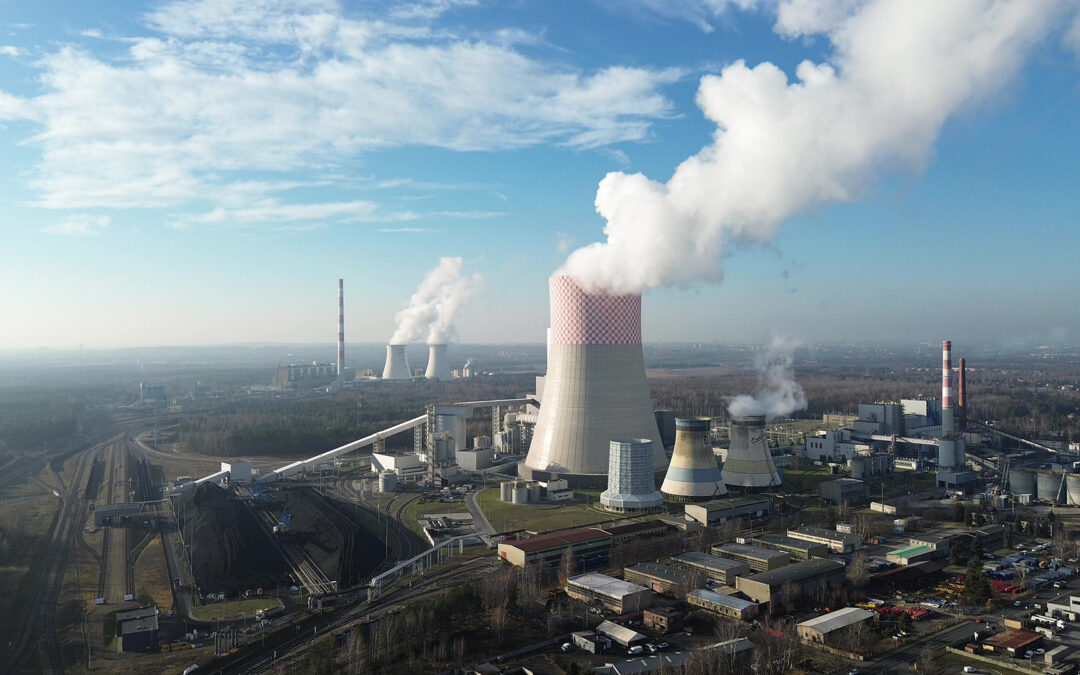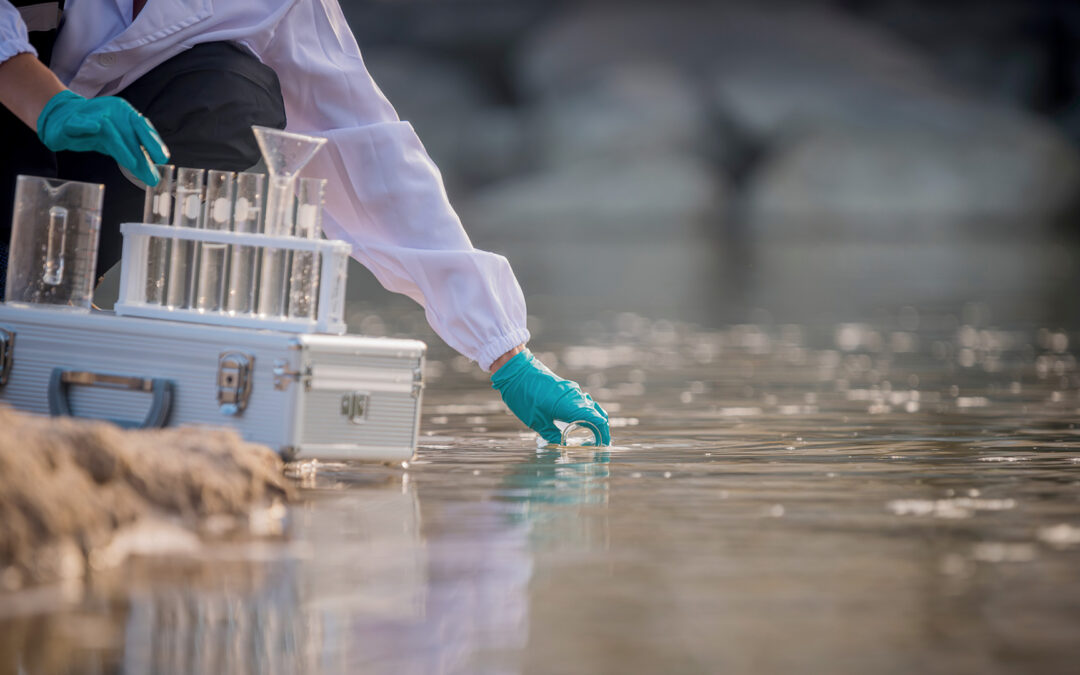PFAS (per-and polyfluoroalkyl substances), commonly used manufactured chemicals, are often called “forever chemicals,” because they can’t be safely destroyed and take thousands of years to break down naturally.
Found in everything from our drinking water to common household products like cookware, cosmetics, and upholstery fabrics, PFAS have been deemed unsafe by the Environmental Protection Agency. PFAS are linked to many dangerous health conditions—including certain types of cancer, decreased fertility, developmental problems. It’s estimated that an alarming 97% of Americans have PFAS in their bloodstream.
The indestructibility of PFAS lies in their chemical bonds, which happen to be the strongest bonds in organic chemistry. Historically, only a few options exist for disposing of PFAS, including using high temperatures, pressures, or other methods that require excessive energy.
As outlined in this article, Northwestern University chemists have now identified a safe way to destroy one of the latest classes of PFAS using low temperatures and an inexpensive reagent. Due to its simplicity and affordability, this solution has potential for widespread use.
These chemists have successfully determined how to destroy 10 types of PFSA, but there are 12,000 total PFAS compounds.
While they still have a long way to go, this is a very encouraging start. This discovery gives researchers hope that there are solutions to more easily destroy other types of PFAS, as well. The Northwestern research team is continuing to look for weaknesses in other PFAS classes to determine how they can also be destroyed. Ten down, 11,990 to go!
Jencap has extensive experience with environmental insurance challenges, including the liability concerns associated with PFAS. Contact us today for more information.










































